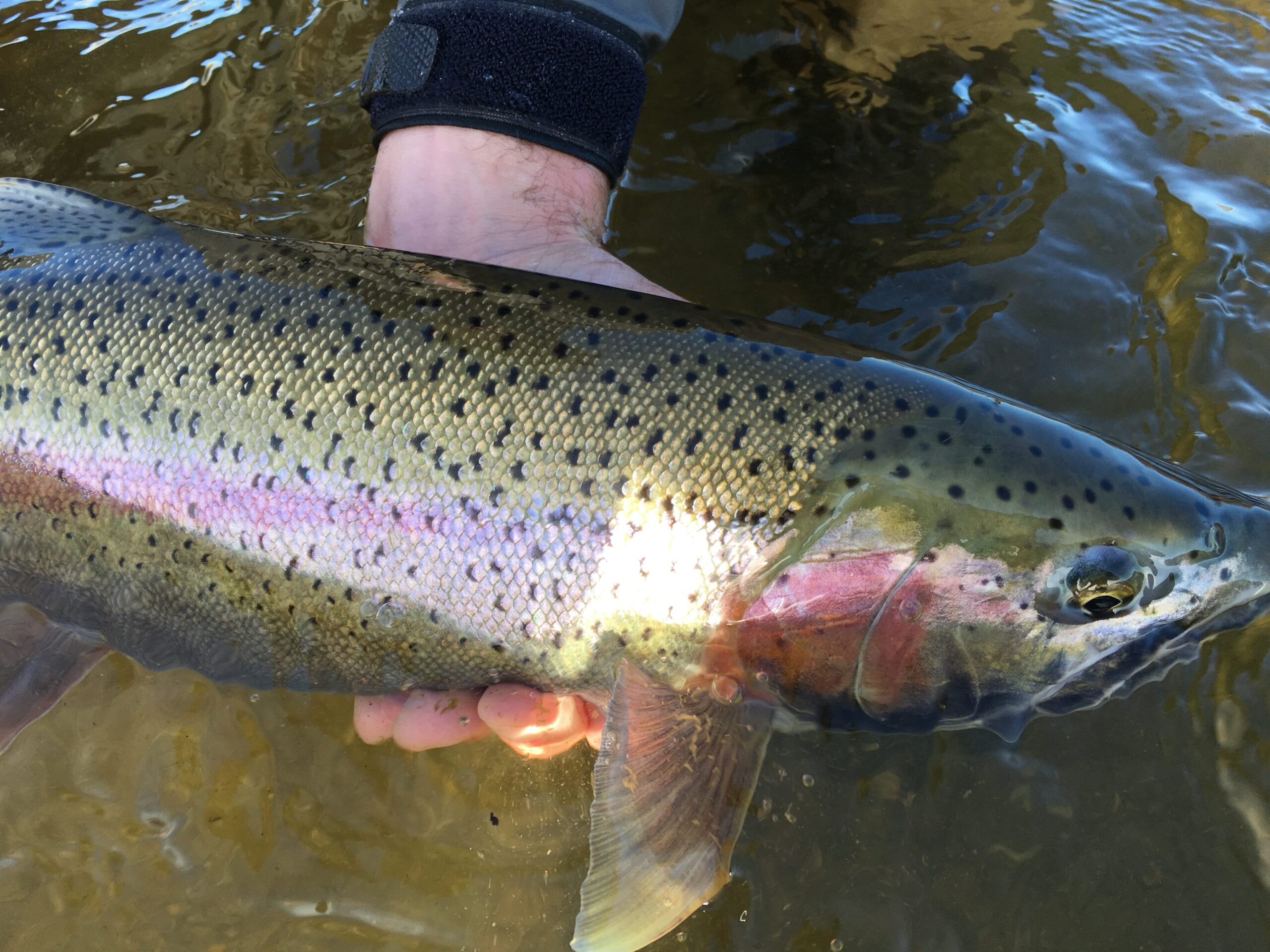By Chris Wood
Montana wisely chose to stop stocking trout in 1974. Alaska’s sheer size and quality habitat make it the most desired destination-fishery for very large native rainbow trout and salmon and steelhead. Passing separat
e ballot initiatives in each state will ensure that both states remain iconic.
In Montana, I-186 would allow the state to deny a mine projected to create “perpetual pollution.” The initiative does not apply to the operation or expansion of existing mines. It would not affect a single job. It could, however, help to ensure that world class rivers such as the Smith are protected.
Consider the case of the copper mine proposed on Sheep Creek, a tributary to the Smith River. Sheep Creek provides 40 percent of the cold, clean water that sustains the Smith. On the one side is a mine that might produce ore and good jobs for 30 years. On the other, the prospect of perpetual pollution.
Forever is a long time. A lot longer than the life-span of most companies. Montana taxpayers could be left on the hook to pay for treatment of perpetually-polluted water. They are already paying millions each year to treat polluted water from previous irresponsible mining decisions. Allowing the state to deny a permit for a mine whose production of minerals would forever harm the productive capacity of the river seems to reflect common sense.
In November, Alaska voters will consider Ballot Initiative Number 1, also known as Yes for Salmon. It would give the state additional tools to help minimize or prevent the loss of runs of salmon, such as those found in Bristol Bay. It allows for responsible development while minimizing damage to salmon, trout and steelhead habitat.
Bristol Bay is the size of West Virginia, and approximately 8,000 people live in it. The Kvichak and the Nushagak are two of the seven rivers that drain into Bristol Bay. Every year, the Nushagak is one of the top chinook producers in the world. The Kvichak produces nearly half of the wild sockeye salmon in the world every year. Oh, and native rainbow trout larger than 30” prowl these waters, too.
A Canadian mining company has proposed building a massive open-pit mine in the headwaters of these rivers. They would store the toxic tailings behind an earthen dam in perpetuity. The mine application states the Pebble partnership would fill 4,000 acres of wetlands with a mine pit one-third of a mile deep and one mile wide. The area is highly seismic, and the groundwater and surface water mingle freely.
The breadth and the depth of the in-state opposition to the Pebble Mine is astonishing. It is deepest in the Bristol Bay native villages, located in a region where recreational and commercial fishing contribute more than $1.5 billion and 14,000 jobs every year.
We pride ourselves on working with responsible mining companies across the country to clean up abandoned mines. We also pride ourselves on acting on the courage of our convictions.
Allowing mines that create perpetual pollution in Montana is a bad idea. Building a massive open-pit mine in the headwaters of the most productive salmon rivers in the world in Bristol Bay is an equally bad idea.
Please join me in donating to Yes for Salmon in Alaska and Yes on I-186 in Montana.
Chris Wood is the president and CEO of Trout Unlimited. He lives in Washington, D.C., and works at TU’s Arlington, Va., headquarters. A portion of this message was paid for by Trout Unlimited’s Alaska Program, Anchorage, AK, Nelli Williams, Alaska Director. The top three donors to Trout Unlimited’s Alaska Fish Habitat Initiative Fund are Dan Michels, Wasilla, AK; Alaska Fishing Unlimited, Port Alsworth, AK; and Josh Grieser, Anchorage, AK.



